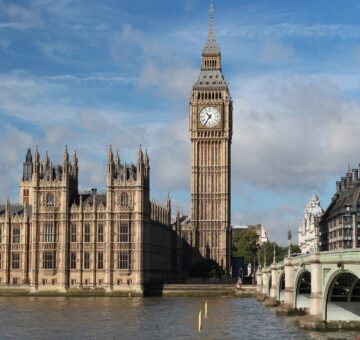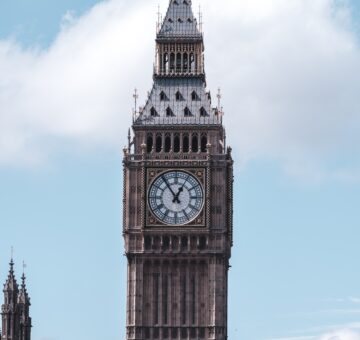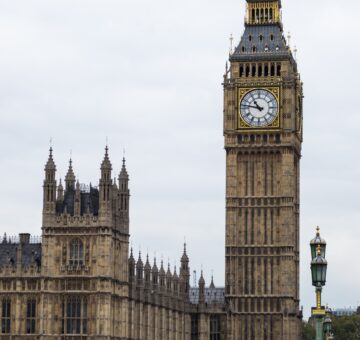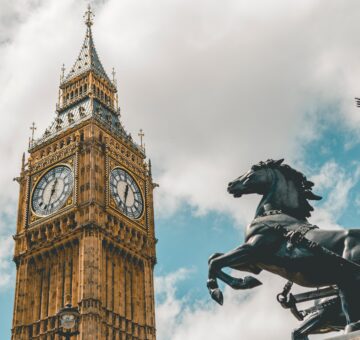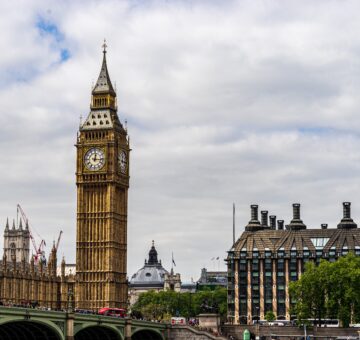big ben
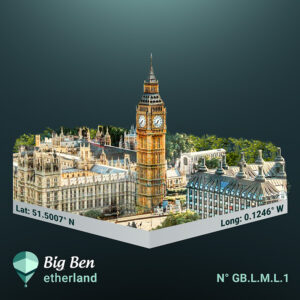 Big Ben is easily seen as one of the most recognizable landmarks of London. Standing 316 feet tall, it is an architectural and engineering marvel of the English culture built in 1859. Situated at the northern end of the Palace of Westminster, most commonly referred to as the House of Parliament, it resides as one of the biggest clock towers in the world. Often identified by its nickname, the construction's original name was simply the Clock Tower, Big Ben being in reality the name of its greater bell from a set of 5.
Big Ben is easily seen as one of the most recognizable landmarks of London. Standing 316 feet tall, it is an architectural and engineering marvel of the English culture built in 1859. Situated at the northern end of the Palace of Westminster, most commonly referred to as the House of Parliament, it resides as one of the biggest clock towers in the world. Often identified by its nickname, the construction's original name was simply the Clock Tower, Big Ben being in reality the name of its greater bell from a set of 5.
Easily seen as one of the most recognizable landmarks of London, Big Ben is an architectural and engineering marvel of the English culture. It is situated at the northern end of the Palace of Westminster, most commonly referred to as the House of Parliament. Often identified by its nickname, the construction's original name was simply the Clock Tower. Big Ben is, in reality, the name of its greater bell from a set of 5. It is not clear if it was named after Sir Benjamin Hall, who was in charge of its installation, or after the heavyweight-boxing champion, Benjamin “Big Ben” Caunt. However, to celebrate Queen Elizabeth II's diamond jubilee, the Clock Tower was renamed Elizabeth Tower in 2012, following the footsteps of the Victoria Tower.
After a fire destroyed most of the Westminster Palace during the tragic night of October 16th 1834, a plan to rebuild the place from the ground up was brought up by Charles Barry. The new design came from a neo-gothic, or Victorian gothic inspiration, a new architectural movement that gained popularity starting in the late 1740s in England. Even though many specialists worked on the project, the architect Augustus Pugin was put in charge of the Clock Tower. He designed many churches in England, Ireland and Australia, and the Alton Castle in Staffordshire; all in his signature Gothic Revival style. His work on the Clock Tower part of Westminster was his last one before his descent into madness and death in 1852. The clock tower was completed in 1859 and was at the time the largest and most accurate of its kind.
The Tower hosts a set of 5 bells, Big Ben being the largest and weighing 13.5 tons. It held the title of the largest bell in the United Kingdom for 23 years, until the St Paul's Cathedral received its own, weighing 16.75 tons. Though Big Ben is already an impressive 7 feet 6 inches (2,29m) tall and 9 feet (2.74m) wide, it is a replacement bell. In fact, the original bell weighed an impressive 16 tons but broke due to the excessive weight of the bell hammer. Big Ben also suffered from the hammer and was cracked after only two months of use, in September 1859. However, the bell was not replaced. It was instead fixed with a square piece of metal, which gave it its unique sound.
Renowned for its reliability, the original Victorian mechanism of the clock is still in use. At first an experiment from Edmund Becket Denison, its double three-legged gravity escapement was so reliable that it became the standard of all high-quality clock towers. The workers responsible for the maintenance can make micro-adjustments using pennies as small counterweights to readjust the time.
In terms of numbers, each face of the clock is made of 312 pieces of glass, enclosed in a metal frame of 6.9 meters (22.5 feet) in diameter. The hour hands are 2.7 meters (8.75 ft) long and the minute hands 4.3 meters (14 feet). Reaching 96 meters (316 ft) high, visitors need to climb 334 stairs to get to the top. However, after a complete renovation began in 2017 and bound to end in 2021, a lift will be available.
According to a survey conducted in 2008, participants chose Big Ben as the most iconic landmark of the United Kingdom. It has in fact became such an iconic landmark of London and the United Kingdom that many movies featured it, feeding its reputation. Used either as a reference to set the action in London or more widely as a cultural marvel, Big Ben is definitely deeply engraved in human history and culture.

